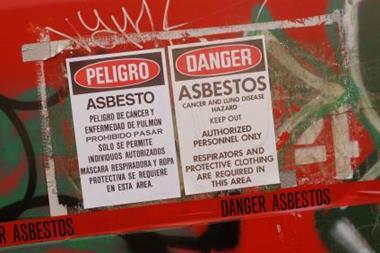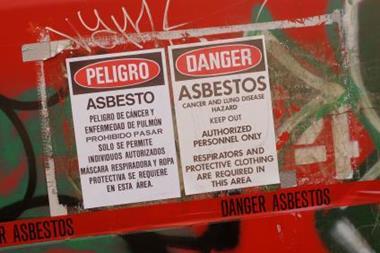A spate of legal rulings have turned conventional wisdom on its head. Contradictory decisions over asbestos victims, property surveyors and which country's law applies to a car accident are creating concerns over the future direction of the law
The claims sector has a lot to deal with at the moment. Speculation about the impact of the government's consultation on the Jackson review of civil litigation is increasing, the long-term effect of Lord Young’s report on health and safety laws remains uncertain, while the jury is still out on the Ministry of Justice reforms.
Insurers are also having to cope with another worsening headache: mixed messages from the courts over legal rulings. Experts argue that this trend is creating bad case law and fuelling uncertainty surrounding litigation.
What is more, Beachcroft head of strategic litigation Andrew Parker believes there is a marked difference between the direction of the courts and that of the government. He says this could confuse many insurance professionals.
One objective of Lord Young’s report is to provide greater clarity about the grounds on which a claimant can sue a third party. The courts, however, seem to be going in the opposite direction by creating new challenges to longstanding interpretations, and in some cases, new liabilities for insurers.
Conflicting decisions
The most noticeable example of this is the controversial decision in the employers' liability trigger litigation case, handed down by the Court of Appeal in October. This changed the traditional understanding over which policies should respond to claims from asbestos victims. The decision has created a furore, leaving many victims at risk of being left uncompensated, and a number of insurers facing liabilities for which they have made no provision.
Meanwhile, a Court of Appeal ruling last week generated more confusion, in this case over which country should award damages for a personal injury claim if an accident occurs abroad. In Jacobs v MIB, UK resident Clint Jacobs won the right to have his damages assessed in the UK rather than in Spain after he was injured in a car accident while on holiday.
This overturned an earlier court decision and put into doubt the correct application of the Rome II Regulation, which is designed to make litigation concerning accidents abroad more straightforward and to reduce unnecessary costs. Put simply, Rome II, which came into force in January 2009, says the law that will apply is that of the country in which the accident occurred. The regulation itself, however, has already sparked confusion particularly with regards to the question of the date from which Rome 11 should start responding to claims. The ruling in the Jacobs case will do little to clarify matters.
New and unfair onus
Meanwhile, more worry is being created by the marked rise in claims as a result of alleged abuse in care homes and religious organisations. Commentators warn that recent rulings are creating new forms of vicarious liability. Sometimes described as 'no fault' liability, vicarious liability allows a victim to recover damages from a third party, such as a local authority employer, based on that party’s relationship with the abuser. This applies even if the abuser's acts were not authorised, allowed by, or even known to the employer. In addition to the implications for local authorities and their insurers, the rulings could set precedents for employers' liability claims.
There is also the recent Scullion v Colleys ruling. This awarded damages to Emmet Scullion, a buy-to-let investor, after he sued Colleys surveyors when he failed to generate any profits. Many legal commentators are arguing that this decision puts a new and unfair onus on the surveyor. If the ruling stands, the effect on surveyors will be considerable. Their sector is already facing large rises in professional indemnity premiums, coupled with fewer insurers offering surveyors' PI.
Every day the courts face challenging, and in some instances, emotive cases that can force surprising and sometimes odd decisions. If this trend of contradictory rulings continues, however, such decisions will affect everybody in the long run, as they create a legacy of bad case law and confusion for both claimants and insurers.
Hosted by comedian and actor Tom Allen, 34 Gold, 23 Silver and 22 Bronze awards were handed out across an amazing 34 categories recognising brilliance and innovation right across the breadth of UK general insurance.













































